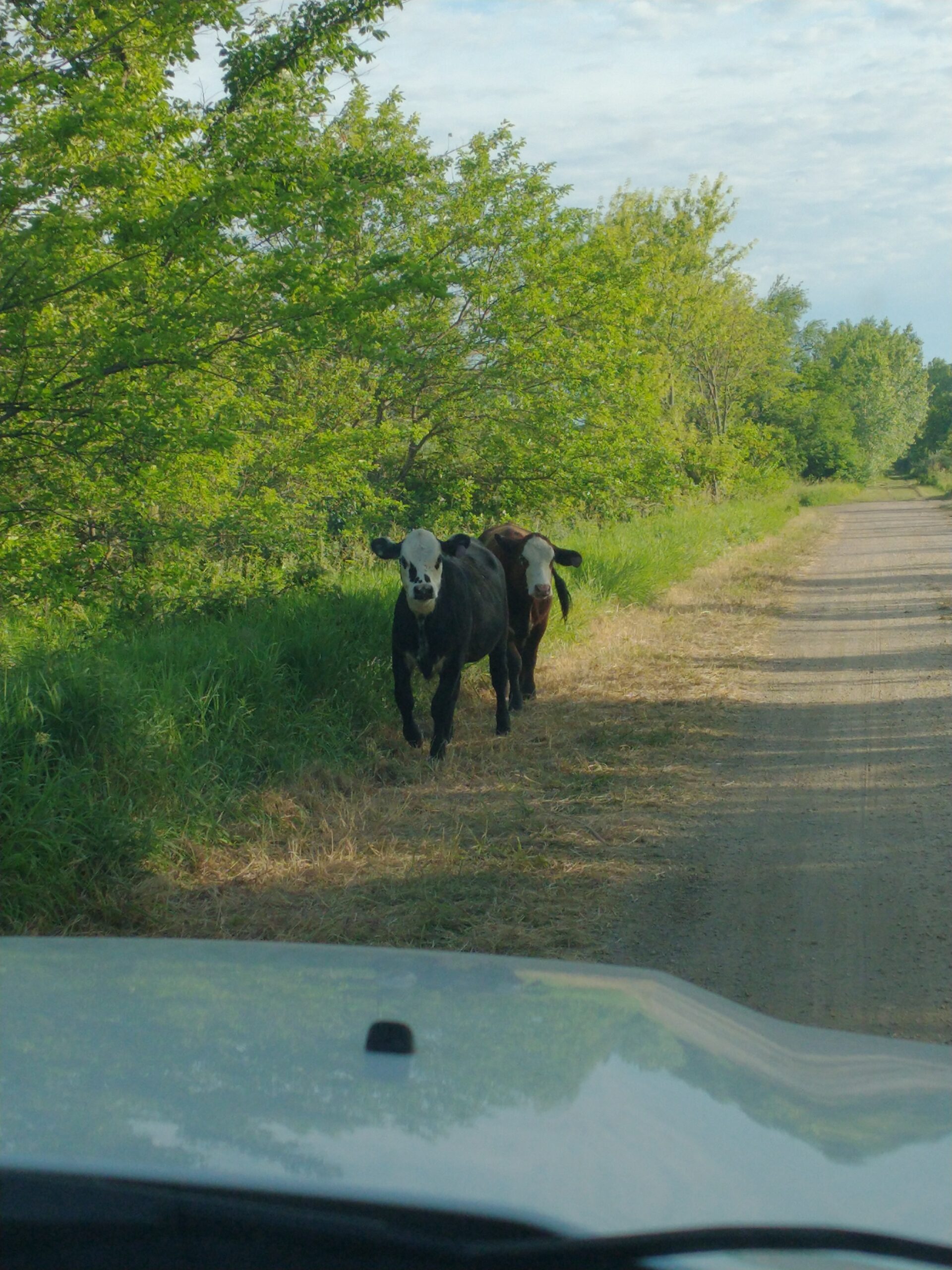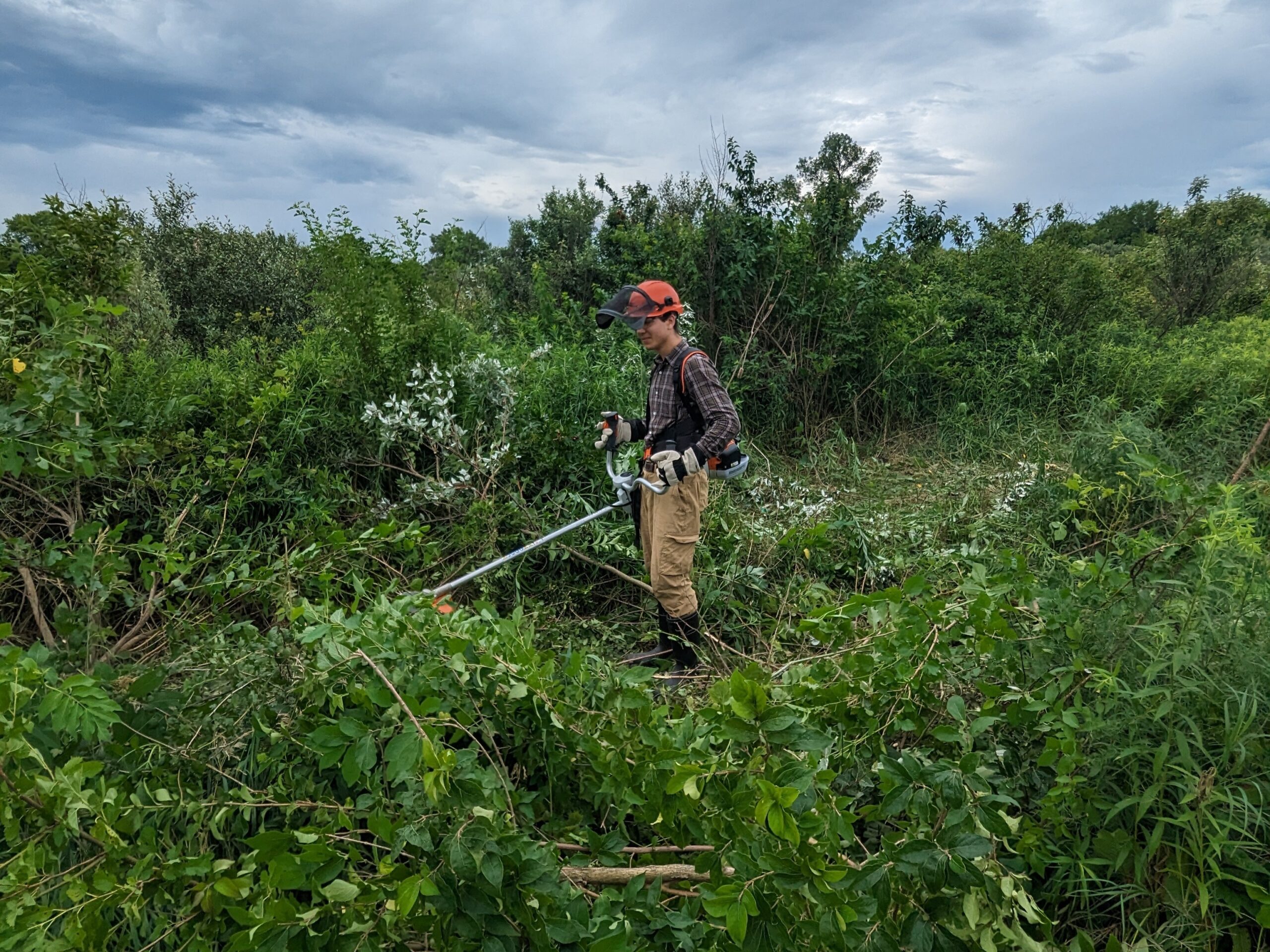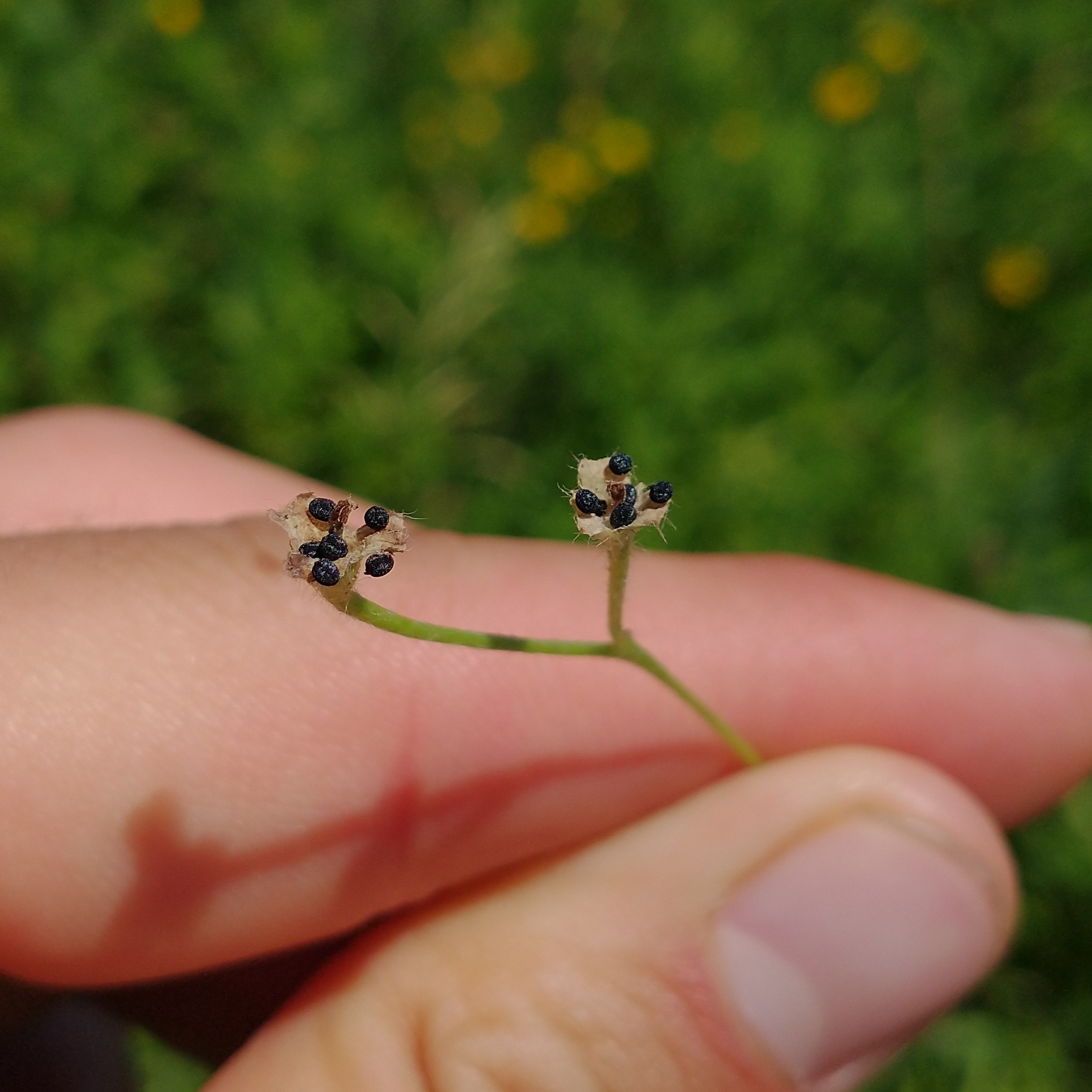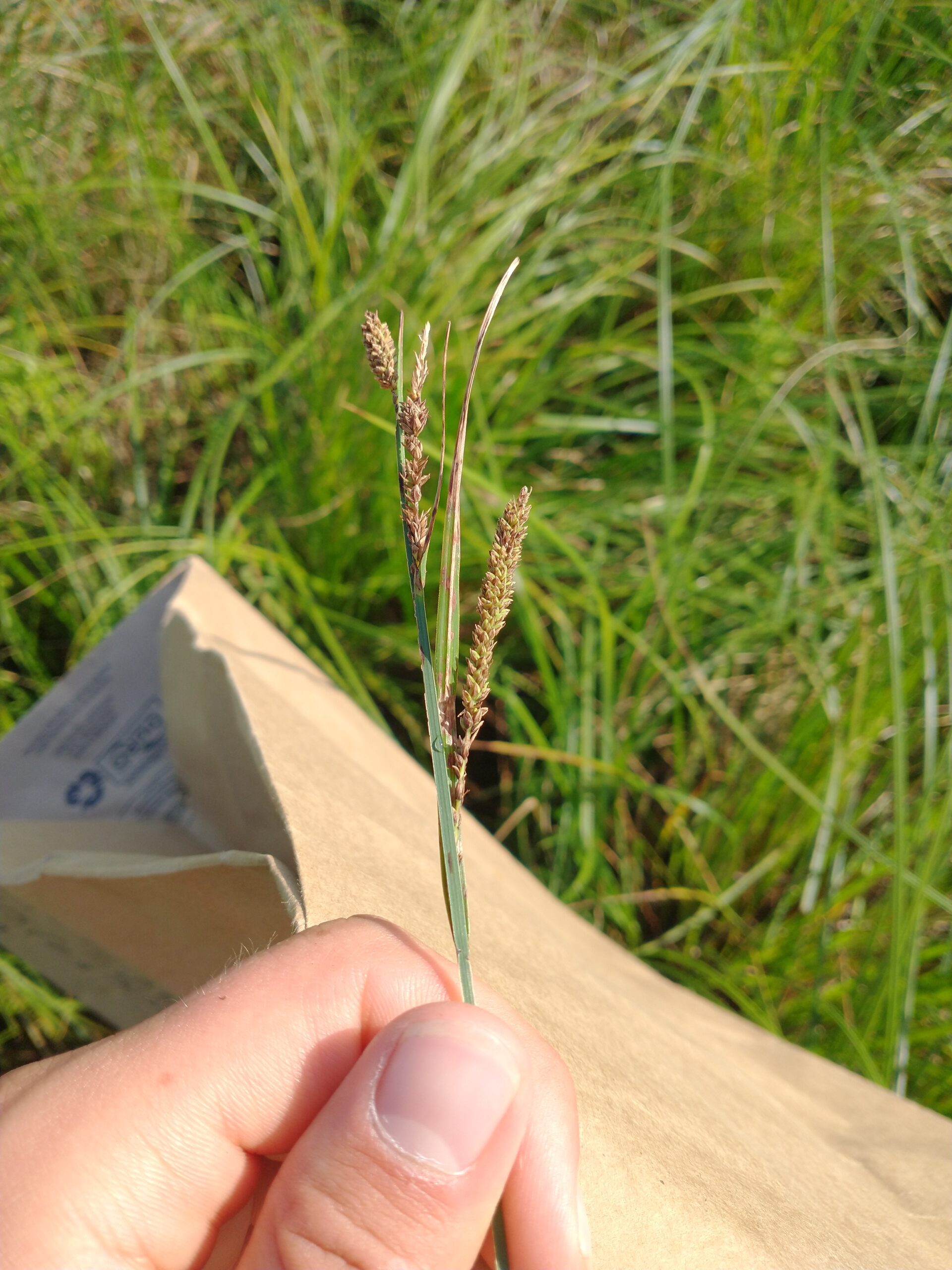Midewin is the sort of place where there are more cows than people. In fact, I went about 3 weeks without seeing a single tourist. (To quote my friend, I am nothing if not the anti-tourist). On the other hand, I saw cows there in my first week. Interestingly, Midewin earns some its own income rather than waiting for federal funding, so they lease out a lot of their land to ranchers and farmers. A large portion of the site consists of row crops (which are a precursor to restoration) and cattle pastures, which are also managed as grassland bird habitat. My first week, I got invited by the Wildlife crew to do bird surveys, which was exciting since I used to be a hardcore birder before I got into botany. While it required getting up very early (6am start), I saw a lot of cool grassland birds like bobolinks, dickcissels, grasshopper sparrows, Henslow’s sparrows, and even a blue grosbeak, among others.

People were saying that the restorations weren’t as good for birds as the cow pastures, and I noticed this too. I have a theory on why. People claim, and it seems to be true, that birds generally care more about the structure of the habitat rather than the species composition. They like large expanses of graminoids interspersed with shrubs and small trees. The cow pastures and old fields at Midewin mostly match this description, while the restorations mostly do not. Some people (well, specifically bird people) take this to mean that the birds “like” the old fields with their non-native cool season grasses more than restorations. I think it has to do with how the restorations are done, and that a non-native old field cannot compete with a bird habitat-oriented restoration using native plants. First of all, restorations tend to be very forb-heavy, with an emphasis on plant diversity rather than structure. I believe that historic prairies would have been more graminoid heavy than many of the restorations. Some people I’ve talked to get upset when their restorations are graminoid heavy, and even try deadheading native grasses to encourage more forbs. I believe that such an approach is counterproductive, by trying to artificially encourage a certain composition which may not be based in natural history. There needs to be diversity within diversity (as in, some species are supposed to be more abundant than others) – a completely uniform composition would yield the highest diversity, but that is clearly not natural. I believe that including more graminoids in seed mixes can create a more natural structure to prairie restorations, one which will be more hospitable to native grassland birds. This is just my conjecture, and I’d love to do some more reading on this topic.

We were also pulled in, in a rotating fashion, to Range and Wildlife’s brushcutting operations on the east side. When it was my turn to go, I was told I could use the brush saw, which I was really excited for because I’ve volunteered a lot with the Cook County Forest Preserves doing brush cutting using hand tools. It is a fun and rewarding activity, but it is long and arduous. Sometimes, we had people using brush saws with us, though I believe you have to go through a training to use it. But here I was, without any certification or experience, being offered to use this wondrous machine for the first time. I got some basic training from Cory, the Wildlife Biologist, and was let loose. I started cutting things and quickly became disappointed, because my saw would cut an inch into some wood and then would get stuck turning and not cutting anything; heating so much that the wood became blackened. I thought, this thing sucks. I’d rather be hacking away at it with a wood knife. Though I also kept worrying that I was doing something wrong. Then Cory said the saw might be dull and gave me a new one. Suddenly, life became a lot more exciting as I found I could cut through the brush like butter. I quickly got the hang of using the brush saw, and now I think I can never go back to hand cutting.

Now, back to our regularly scheduled programming: seed collection. Us CLM interns have been engaged in all steps of the seed collection process, from scouting to cleaning. Most of what we’ve collected are sedges like the ones whose name I always confuse, the “three B’s” – Carex bicknelii, brevior, and bebbii. Others we have collected are gravida, annectens/vulpinoidea, comosa and hystericina, and the tussock sedges (stricta, emoreyi, and haydenii). Sedges are generally very nice to collect, being fairly tall and visible. They are also incredibly fun to identify and key out (thankfully, I have plenty of prior experience doing this). Some other things were not so fun to collect. Blue eyed grass (Sisyrinchium albidum), prairie violet (Viola pedatifida), and worst of all, yellow star grass (Hypoxis hirsuta). All of these plants, when in seed, are small, inconspicuous, and hidden by taller vegetation. Scouting and collecting them requires bending down to the ground and looking closely, resulting in slow progress. Hypoxis hirsuta is incredibly inconspicuous, meaning that the most practical way to locate it for collection is to flag every plant when they are flowering in May and then come back in late June to collect the seeds when they are ready. Unfortunately, we did not have such luxury and had to find these little needles in a haystack of grasses and sedges.


